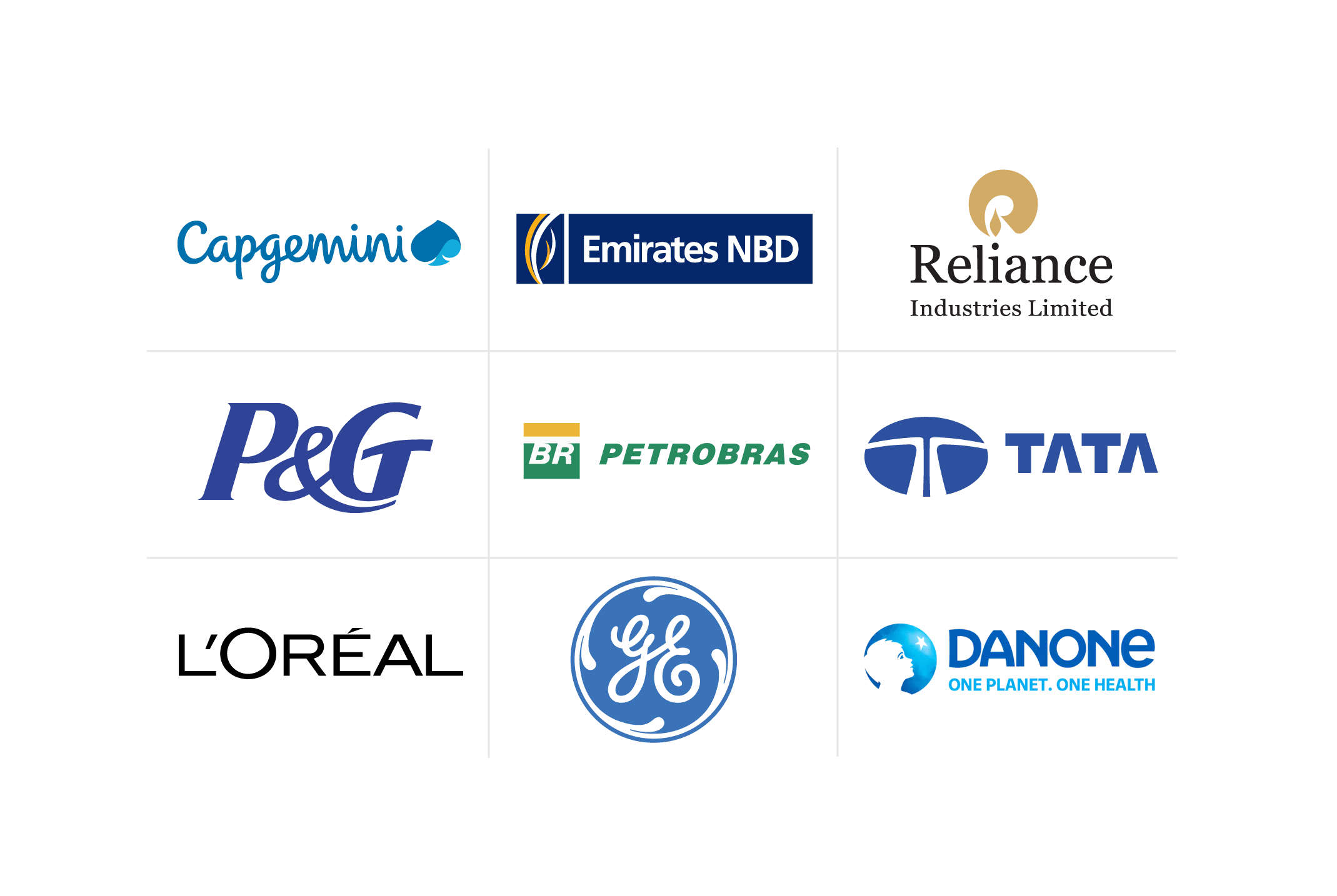Internal Recruitment for Companies: Maximizing Talent From Within
Internal recruitment means promoting talent from your current staff rather than relying on external hiring practices. In this article, you can learn more about its pros and cons and whether it's right for your organization.
![[Featured Image] A man sits in at a desk in an open office.](https://d3njjcbhbojbot.cloudfront.net/api/utilities/v1/imageproxy/https://images.ctfassets.net/2pudprfttvy6/49tRZyR8R9nR5Kj8aU8Hhc/297b53a5aa155d53ae95c4ad3109f4db/GettyImages-1132115719.jpg?w=1500&h=680&q=60&fit=fill&f=faces&fm=jpg&fl=progressive&auto=format%2Ccompress&dpr=1&w=1000)
In 2023, half of all United States-based employers claimed they planned to use internal recruitment, according to data from iHire’s 2023 Hiring and Job Search Outlook Report [1]. Internal recruitment means that when a company wants to hire someone for a new position, it searches for candidates within its current talent pool rather than relying on external hiring practices.
Internal recruitment can save your company time and money, improve employment happiness and retention, and offer several other benefits. It's often less risky than hiring someone from outside the company, and it could be the answer to your hiring needs.
Explore the practice further, including the advantages of internal recruitment over external hiring, the challenges you might experience, and tips for implementing this hiring process.
What is internal recruitment used for?
The average hiring process can take weeks and sometimes even months to complete, and it can cost you revenue and put unneeded stress on your other employees, but internal recruitment can help speed up that process. When hiring internally, you advertise new jobs to your current talent pool rather than seeking outside candidates. It might save money, increase engagement with your current employees, and potentially reduce the risks of hiring someone who isn't a good fit for your organization and its culture.
What is external hiring?
You often associate this hiring process with job searches and hiring employees. External hiring occurs when you seek job candidates from sources beyond your organization. You might partner with a staffing agency to help you find a candidate, advertise on job boards or social media, and rely on your organization’s human resources or recruitment team to accomplish the job. It also requires unique messaging compared to internal recruitment. Essentially, you're bringing in an employee from a different organization, so they must learn your culture, and you will need to provide more onboarding, plus negotiations regarding salary and benefits.
Internal and external hiring have their benefits, and you may find that your organization requires you to use both based on your specific needs when hiring for a new position. For example, internal recruitment may be ideal if you want to save time and money during the hiring process and have a skilled candidate already on your staff. However, if you have an open position and no one on your staff has the skills or know-how to fill it, you may need to rely on external sources. Also, when you do promote someone from within, you may need to use external sources to fill their position.
Read more: What Is Talent Attraction?
Types of internal recruitment
You can take advantage of multiple types of internal recruitment. One typical example is promoting a current employee to a more advanced position. Sometimes, internal recruitment is lateral. Rather than advancing to a new position, the employee might move to a new department to learn or use new skills.
Internal recruitment can also give a temporary or part-time employee a full-time position. Having an employee refer a qualified job candidate they know personally to your organization also falls under this category.
A few primary types of internal recruitment include:
Promotions: When an employee advances in their career, such as moving from an associate or assistant position to a specialist or senior-level role, the move occurs internally.
Changing roles: This lateral move doesn’t necessarily come with an advance in career but, instead, involves maintaining a similar authority level in a different position.
Company transfers: If you have a business with more than one location, employees may move from one to another, transferring to a new location and job. It may involve a promotion or a lateral career move.

Advantages and challenges of internal recruitment
The ideal candidate for your job opening could already work for you. Internal recruitment helps you connect with qualified talent, offering a mix of advantages and challenges. A few of the benefits associated with this hiring process include:
Speeding up the hiring process
Decreasing the risk involved by hiring candidates you already know
Saving money on advertising, background checks, interviews, onboarding, training, etc.
Boosting employee engagement
Improving employee retention and lowering turnover rates
Decreasing the learning curve associated with starting at a new organization
Increasing employee happiness and loyalty to your organization
While the pros are compelling, it’s essential to also remain aware of the potential limitations you might face. Some of the challenges of internal recruitment might include:
Disrupting business operations if you're not prepared to lose an employee to a new role
Hiring managers may favor specific candidates who aren't quite ready for the new position
Creating jealousy among coworkers when some people earn promotions or transfers
Missing out on the fresh perspectives new hires can provide
Read more: Talent Mobility: What It Is and How It Impacts Your Company
How to start using internal recruitment for your organization
Incorporating internal recruitment into your hiring practices can be as simple as having your human resources department create a policy for moving forward. Determine who will make the decisions and how you will advertise jobs so everyone has equal access. Create job listings and screen candidates much like you would if hiring externally.
You'll want to ensure transparency and fairness so that all employees receive equal treatment. This typically involves creating a job ladder and providing other information so your employees know what the process involves and your hiring managers understand what to look for when filling a position. Once everyone is on board, you can develop ways to nurture your talent and encourage your employees to seek these new opportunities.
For a more detailed view of the approach, consider the following best practices:
1. Create a policy
Establishing an internal hiring policy ensures that all employees are aware of the possibilities and procedures. It should outline the necessary steps, identify those involved in the process, and let employees know what they can expect.
2. Establish a way to access job openings
Create an online marketplace or internal job board that everyone can access to learn about current opportunities. Consider including details like the skills and training necessary for the position, which can help employees thinking about switching from another department know how to prepare.
3. Conduct periodic audits
Routinely evaluating employees’ skills can also help you identify those who would be a good fit for an available role. Work with managers and company leaders to conduct ongoing assessments to determine who is ready for a change and which workers may be interested in a new position.
4. Screen employees to ensure a good fit
You have access to each employee’s supervisors, managers, and peers. Use feedback and data to pre-screen candidates and evaluate if they are a good fit for the position.
5. Practice excellent communication
Respond to each internal applicant, provide feedback after applications and interviews, and keep internal candidates updated throughout the process. Doing so can help foster feelings of encouragement, even among those not selected for the job. It can also promote a more robust company culture.

Internal recruitment metrics and measurement
When your organization begins using internal recruitment, you can track whether or not it's working for you by relying on a few simple metrics, like key performance indicators (KPIs). These metrics might compare how long it takes to find a new candidate for a position when recruiting internally versus externally, the cost of hiring an internal versus an external candidate, and how many candidates make it to the point of taking part in an interview for the position. You can also talk to employees who were a part of your internal recruitment practices to see how they felt about the process and if they have any constructive feedback.
You can also measure your internal hire rate, which is the number of total internal hires divided by the number of employees within the same timeframe. Often, the higher the internal hire rate, the lower the costs associated with hiring a new employee.
Read more: Data Literacy for Business: Your 2024 Guide
Tips for preparing your employees for internal recruitment
It's vital for your human resources department to have a plan in place for internal recruitment. Still, preparing your employees for the process can be equally critical, which can help them become more qualified for positions that might open up in the future, benefitting both of you. Some ways you can do this include:
Having a career fair or similar event that familiarizes employees with their potential options
Creating a culture of learning
Providing opportunities like job shadowing and mentoring
Training your managers and supervisors to recognize employees with potential
Offering other incentives for employees to work towards
Making your process as transparent as possible
Offering opportunities for upskilling and on-the-job training
Providing high-quality performance reviews
Communicating effectively, especially when an employee doesn't get a job, so they know what to do differently next time
Build leadership skills at your organization with Coursera
Hiring from within can save you time and money. It can also boost employee morale, foster diversity and inclusion, and reduce the recruiting and onboarding process.
Promote leadership skills throughout your organization by developing employees who innovate and inspire. With the Leadership Academy from Coursera, employees can learn the skills needed to lead your business into the future. With Coursera for Business, you’ll build effective managers at every level with beginner and advanced-level leadership content, including 40+ SkillSets to drive soft skill proficiency across the entire organization.
Article sources
1. iHire. "Hiring & Job Search Outlook Report 2023, https://az505806.vo.msecnd.net/cms/c60917b4-00e7-4f31-8391-e9d338295597/c9c113db-7262-489f-9788-a63dd1eab090.pdf. Accessed September 3, 2024.
This content has been made available for informational purposes only. Learners are advised to conduct additional research to ensure that courses and other credentials pursued meet their personal, professional, and financial goals.

